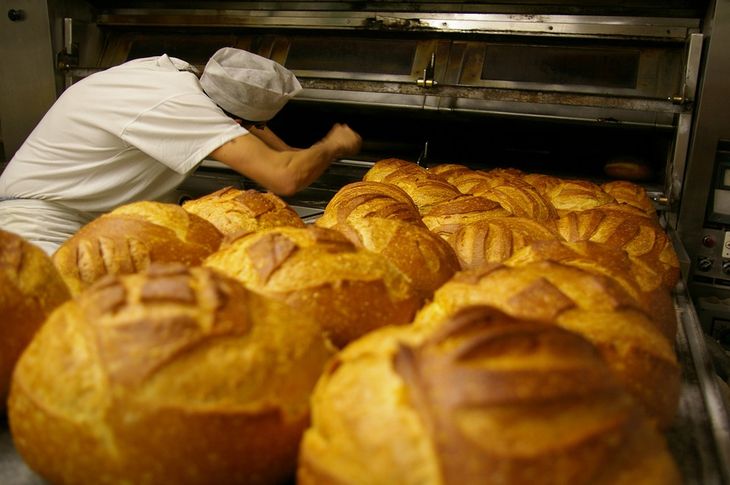Can bakery and confectionary products be used in pig feed?

An estimated 1.3 billion tonnes of food is wasted or lost every year, which represents one-third of all that is produced for human consumption. With rising feed costs and increasing sustainability concerns, do former food products have the potential to replace conventional feed ingredients? A study set to find out.
The study, which was conducted in Italy, set out to determine if food industry leftovers (or former food products) could be a valid alternative to grains in young pigs’ nutrition. So, the research team* investigated the possibility of partially replacing standard ingredients with 2 different types of former food products, namely bakery or confectionary former food products, and studied their effects on growth performances, feed digestibility and metabolic status in post-weaning piglets.
A recent analysis of former food products has considered these products for their nutritional, functional, chemical composition and digestibility features and have been defined as a “fortified version of common cereals”, because of their higher metabolizable energy (about 14 MJ/kg), fat and starch content on dry matter basis, compared with traditional feedstuffs.
It is widely known that piglets benefit from the consumption of easily digestible carbohydrates until their digestive system is fully able to use starch. Studies on carbohydrate digestibility showed that, compared to common cereals, former food products are characterised by a higher digestibility potential due to the presence of readily available simple sugars and processed starch, and are also probably related to the industrial processes they undergo such as heat and mechanical treatments.
In the study, 36 post-weaning female piglets were randomly assigned to 3 experimental diets for 42 days. These were:
- A standard diet, or the control group.
- A diet where 30% of standard ingredients were replaced by confectionary former food products (chocolates, biscuits and sweet snacks).
- A diet where 30% of standard ingredients were replaced by bakery former food products (bread, pasta and salty snacks).
One initial concern in using former food products in pig diets could be the difficulty to formulate a standard feed due to the variability of ingredients used for the FFPs production. However, based on the results of the study, this might not be a factor.
All animals remained in good health throughout the experiment and there were no morbidity or mortality issues, and no effect between experimental groups was observed for all the growth performance parameters. Accordingly, the results of the present study regarding pigs’ growth performance showed that there were no significant differences in body weight between the groups. Bodyweight measured at the piglets’ arrival and at the end of the trial did not differ between diets. Average daily feed intake was not affected by any dietary treatments. In addition, the experimental diets did not influence the average daily gain and feed conversion ratio. Furthermore, no significant effects of the diets were found in the analysed hematological parameters between groups over the entire experiment.
This study, therefore, showed that the 30% inclusion of 2 different types of former food products rich in carbohydrates and fat in the diets of post-weaning piglets is possible. It was demonstrated that body weight, average daily feed intake, average daily gain and feed conversion rate were similar between the 3 groups. Former food products – both bakery and confectionary – could be a good option to replace a significant amount of conventional cereals in pig feed could therefore be included in post-weaning pig diets as alternative ingredients to improve sustainability in the livestock sector.
The research team speculated that sugary ingredients used in the former food products confectionary group, such as chocolate products, were richer in tannins compared to the ingredients used in the control or bakery groups. It is known that the content of tannins in cocoa products is higher compared to cereals. Tannins are polyphenolic biomolecules that can interact with and precipitate macromolecules, such as proteins, gelatins, polysaccharides and alkaloids. Therefore, the interaction of tannins from cocoa products with nutrients and digestive enzymes could have led to a reduced digestion rate in the group fed confectionary former food products.
Read also
Wheat in Southern Brazil Impacted by Dry Weather and Frosts
Oilseed Industry. Leaders and Strategies in the Times of a Great Change
Black Sea & Danube Region: Oilseed and Vegoil Markets Within Ongoing Transfor...
Serbia. The drought will cause extremely high losses for farmers this year
2023/24 Safrinha Corn in Brazil 91% Harvested
Write to us
Our manager will contact you soon



